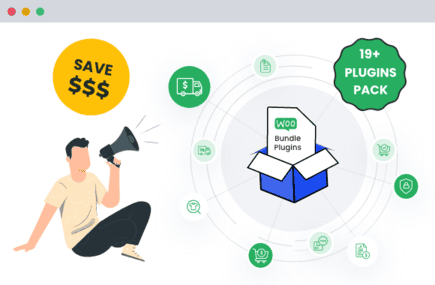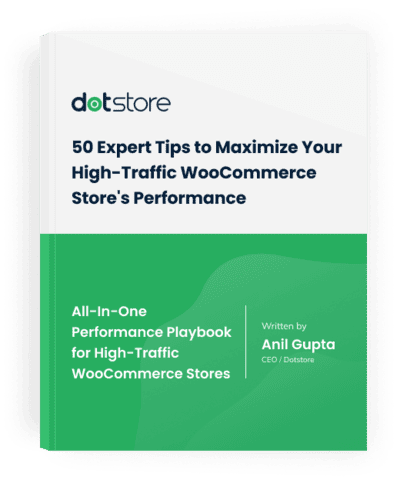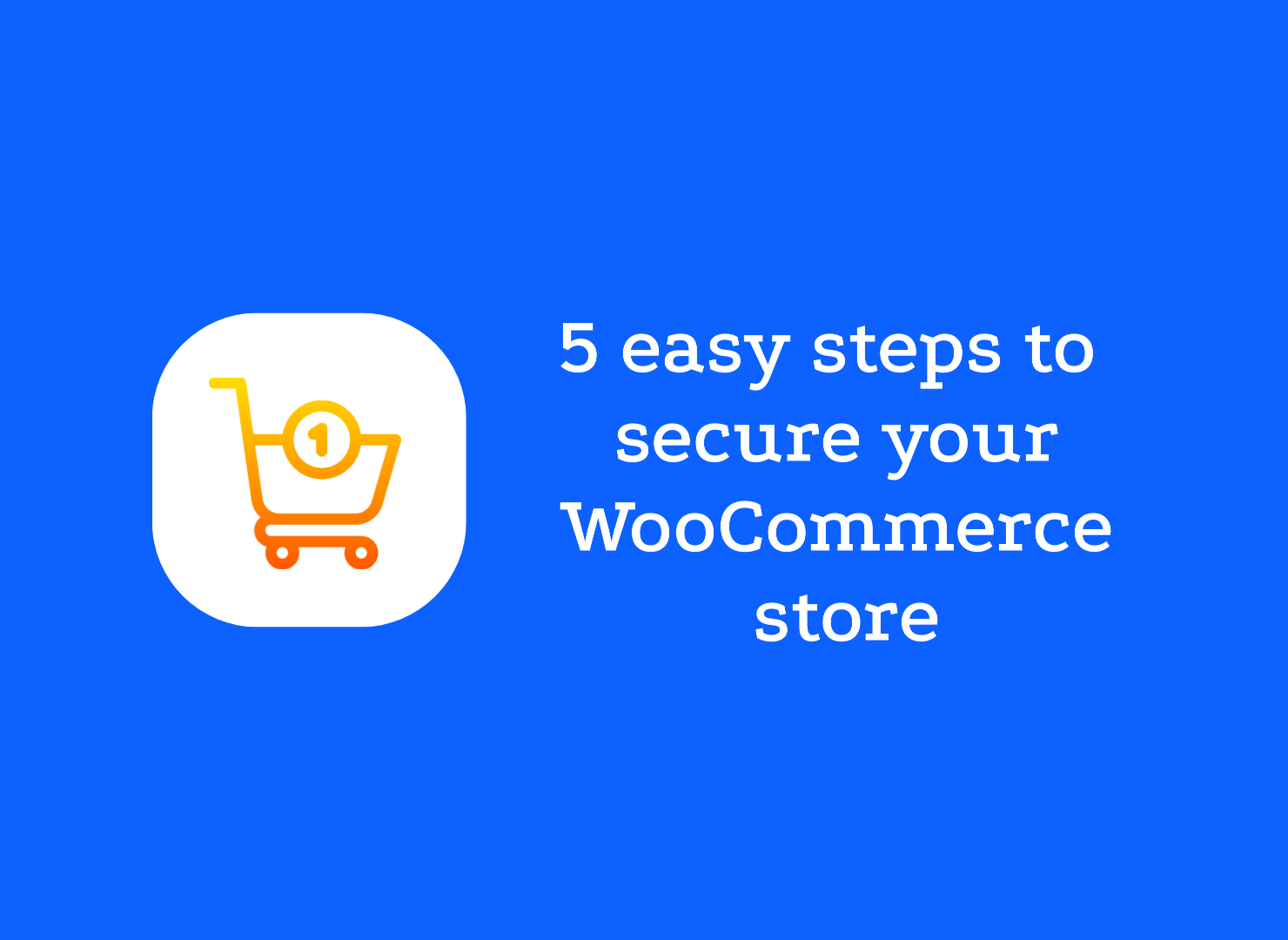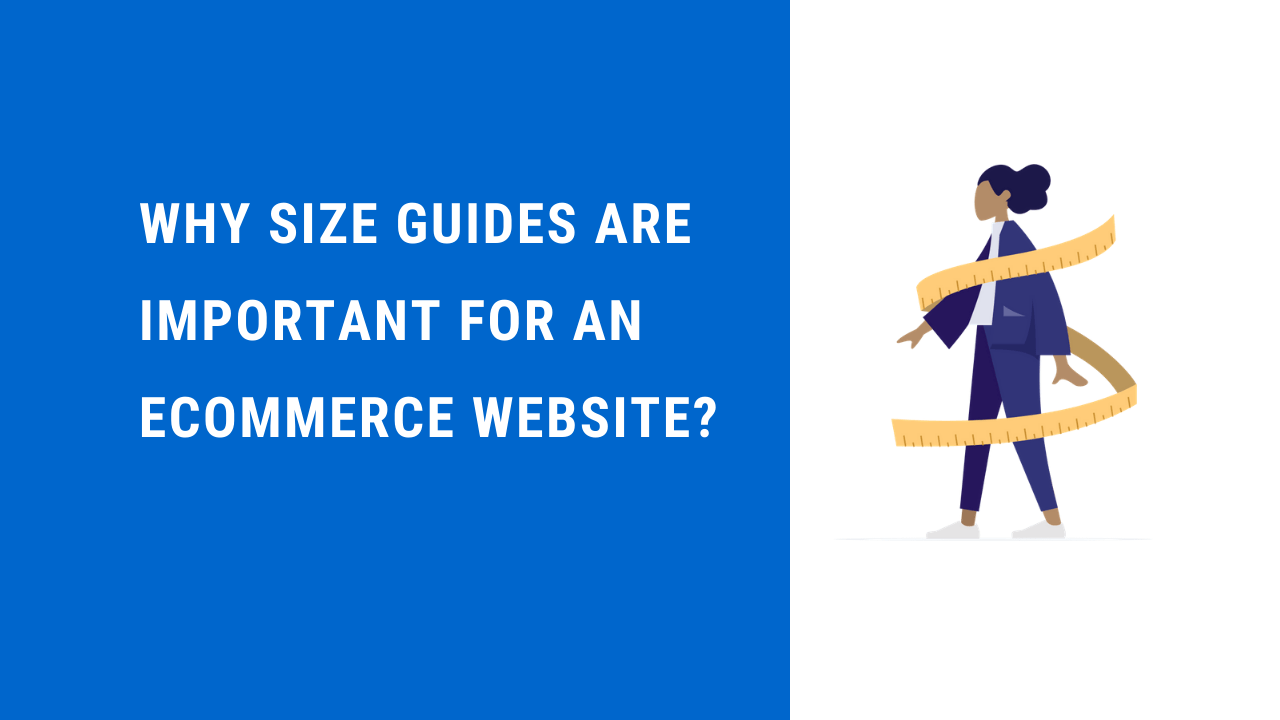Table of Contents
As one of the most popular eCommerce solutions, WooCommerce offers many features and customization options to suit businesses of all sizes. Whether you’re a small business owner looking to sell a few products or a large retailer with an extensive inventory, WooCommerce provides the tools you need to manage your online store efficiently.
The benefits of using WooCommerce for your online store are numerous. It is highly customizable, allowing you to tailor your store’s appearance and functionality to meet your needs. WooCommerce also integrates seamlessly with various payment gateways, shipping options, and marketing tools, making managing every aspect of your eCommerce business easier. Additionally, its large community of developers and users means you can find plenty of resources, support, and plugins to enhance your store’s capabilities.
Setting the stage for a successful WooCommerce store involves understanding the essential elements of an effective product catalog. A well-organized and detailed product catalog improves customer experience and reduces cart abandonment by making it easier for customers to find and purchase products. By focusing on creating comprehensive product categories, detailed product descriptions, and proper tagging, you can ensure your customers have a smooth and satisfying shopping experience.
Adding Products to Your Catalog
Creating product categories and tags is the first step in building a compelling product catalog in WooCommerce. Categories help organize your products into logical groups, making it easier for customers to navigate your store and find what they want. Conversely, tags provide additional ways to filter and search for products based on specific attributes. For instance, if you sell clothing, you might have categories like “Men,” “Women,” and “Accessories,” with tags such as “Summer Collection” or “New Arrivals.” Thoughtfully organizing your products into categories and tags enhances the user experience and facilitates quicker product discovery.
Adding new products to your WooCommerce catalog involves more than just listing items for sale. WooCommerce supports various product types: simple, variable, grouped, and external/affiliate. Simple products are straightforward items with no variations, while variable products allow you to offer different product versions, such as various sizes or colors. Grouped products enable you to sell related items together, and external/affiliate products let you promote products from other sites and earn a commission.
Crafting compelling product descriptions and titles is essential for capturing customer interest and driving sales. Your product titles should be clear and concise and include relevant keywords to help with search engine optimization (SEO). Meanwhile, product descriptions should provide detailed information about the product’s features, benefits, and usage. High-quality images, bullet points, and customer reviews can also enhance your product descriptions, making them more engaging and informative.
Product Images and Galleries
High-quality images are crucial in an online store because they are often the closest customers will get to seeing the product before making a purchase. Investing in professional photography or high-resolution images can make your products more appealing and trustworthy. Additionally, multiple images showing different angles and uses of the product can provide a comprehensive view, helping to build customer confidence and reduce return rates.
Image sizes and optimization are essential to ensure your store runs smoothly and provides a customized user experience. Large images can slow down your website, leading to longer load times and potentially driving customers away. WooCommerce recommends specific image dimensions for product images to ensure they look good across all devices without compromising performance. You can use image optimization tools to compress image files without losing quality, which helps maintain fast loading speeds.
Creating and managing product galleries in WooCommerce allows you to showcase multiple images for each product. A product gallery can include images of the product from different angles, in various settings, and alongside other related products. You can add multiple images to each product page in the WooCommerce admin panel to create a product gallery. Organizing these images effectively can help customers thoroughly understand the product.
Product Attributes and Variations
Setting up product attributes is essential in creating a detailed and organized product catalog in WooCommerce. Attributes such as size, color, material, and other specific characteristics help customers filter and find products that meet their needs. You can define these attributes globally in WooCommerce, allowing you to apply them to multiple products across your store. For instance, if you sell clothing, you might set up attributes for sizes (S, M, L, XL) and colors (red, blue, green). These attributes make it easier for customers to navigate your store and find their desired product variations.
Creating product variations allows you to offer different versions of a single product under one listing. This feature is particularly useful for products in various sizes, colors, or configurations. In WooCommerce, you can combine different attributes to create specific product variations, such as a t-shirt in different sizes and colors. Each variation can have its own SKU, price, stock level, and image, giving you complete control over your inventory and pricing.
Product Pricing and Discounts
Setting regular and sale prices in WooCommerce is straightforward and can significantly influence your sales and customer perceptions. Regular prices are the standard prices for your products, while sale prices allow you to offer discounts on specific items. To set these prices, navigate to the product settings in your WooCommerce dashboard and enter the regular and sale prices in the respective fields. Sale prices can attract budget-conscious customers and help clear out old inventory, making them a vital part of your pricing strategy.
Creating discount codes and coupons is an effective way to incentivize purchases and reward loyal customers. WooCommerce makes it easy to generate various types of coupons, including percentage discounts, fixed cart discounts, and free shipping offers. You can customize these coupons with usage limits, expiration dates, and specific product applicability to ensure they meet your marketing goals.
Scheduling sales and special offers can create a sense of urgency and encourage customers to make quicker purchasing decisions. WooCommerce allows you to schedule sales prices for specific periods, automating starting and ending discounts. This feature is particularly useful for holiday promotions, flash sales, and seasonal discounts.
Product Reviews and Ratings
Enabling and moderating customer reviews in WooCommerce can significantly enhance your store’s credibility and help potential customers make informed decisions. Go to the WooCommerce settings to enable reviews and activate the review feature. You can allow only verified buyers to leave reviews, ensuring authenticity. Moderating reviews involves regularly checking and approving customer feedback to filter out inappropriate or spammy content.
Encouraging customer feedback is essential for gathering valuable insights and building a community around your brand. You can prompt customers to leave reviews by sending follow-up emails after a purchase, offering incentives such as discounts on future purchases, or simply providing an easy and accessible review process.
Displaying and responding to reviews adds a personal touch and shows that you care about your customers’ experiences. Prominently display reviews on product pages, as they can significantly influence purchasing decisions. Responding to reviews, whether positive or negative, is crucial. Thank customers for their positive feedback and address any issues raised in negative reviews promptly and professionally. This engagement improves customer satisfaction and shows potential buyers that you are attentive and responsive to their needs.
Product Sorting and Filtering
Setting up product sorting options in WooCommerce is essential for providing a seamless shopping experience. Default sorting options such as sorting by popularity, average rating, newest arrivals, and price (low to high or high to low) help customers find products quickly. You can customize these sorting options by navigating to the WooCommerce settings and selecting the criteria that best suit your store’s needs. Alternatively, employ a product filter plugin to customize this selection in more detail.
Implementing product filters is another crucial aspect of enhancing the user experience. WooCommerce allows you to add filters by price, category, and attributes such as size and color. These filters can be displayed as dropdowns, checkboxes, or sliders, making it easy for customers to narrow down their choices. For instance, a customer looking for a red dress in a specific size can use the filters to find exactly what they need without scrolling through irrelevant products. Properly set up filters can significantly improve the usability of your store and help customers find what they are looking for more efficiently.
Product Catalog Design and Layout
Choosing a suitable theme is the foundation of a visually appealing and functional product catalog. WooCommerce-compatible themes are designed to integrate seamlessly with the platform, offering built-in support for product pages, shopping carts, and checkout processes. Consider responsiveness, customization options, and overall design aesthetics when selecting a theme. A good theme should look attractive and provide a user-friendly interface that enhances the shopping experience.
Customizing product pages and category layouts allows you to create a unique and engaging storefront. WooCommerce provides a range of customization options, from simple adjustments like changing colors and fonts to more complex modifications such as rearranging page elements. You can use the WordPress Customizer or WooCommerce-specific plugins to tailor your product pages and categories to reflect your brand identity.
Conclusion
In conclusion, managing an effective product catalog in WooCommerce involves several critical elements. From setting up product categories, adding detailed product descriptions or shipping information, and utilizing high-quality images to implementing sorting and filtering options, every aspect plays a crucial role in enhancing the customer experience. Customizing your catalog design and leveraging advanced tools and plugins can further improve your store’s usability and visual appeal. By focusing on these strategies, you can create a seamless and satisfying shopping experience that attracts customers and encourages them to make purchases and return in the future.



